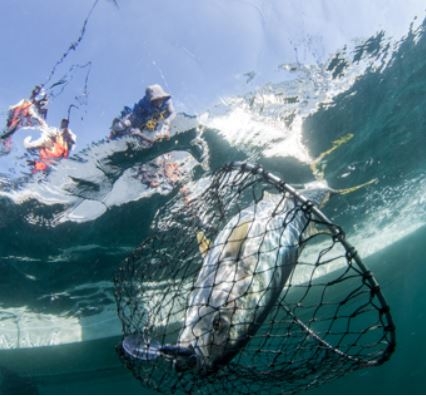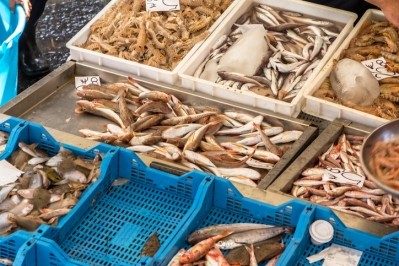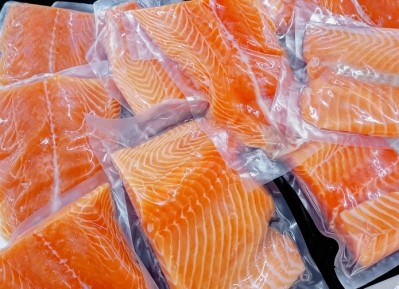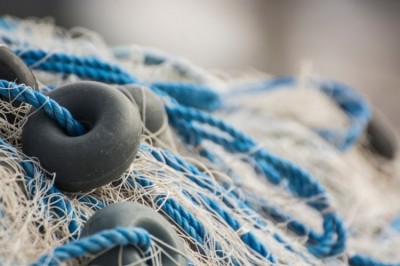SmartFish start-up on driving supply and demand for sustainable seafood in Mexico
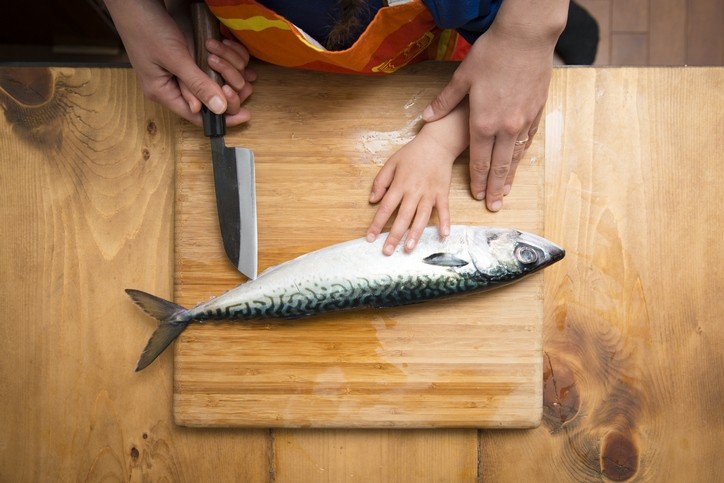
SmartFish started as the brainchild of a group of scientific researchers.
“A group of scientists was working to protect the marine life in Baja California,” Lorena Luna, head of business development at SmartFish told FoodNavigator-LATAM.
“With the fishermen’s co-op, they developed types of nets that avoid bycatch. They worked really well but they realized if they wanted to make it a success they needed to monetize the [sustainable fishing]."
SmartFish is a social enterprise, which counts both a commercial entity that buys sustainably caught fish, packs and then sells it in its shop in Mexico City and to other supermarkets – as well as a separate, non-profit entity, SmartFish AC, which conducts research into sustainable fishing, provides training to fishermen and helps them with finances. In other words, "incubating worthy co-ops to market readiness".
“The training SmartFish gives the co-ops means they could increase the price for fish as it was better quality and, at the same time, the marine eco-system was being preserved," Luna said. "We were founded under those three principles: having a social, economic and environmental impact.”
'Artisan, intelligent and responsible'
By paying fishermen a premium to fish using sustainable methods (which are often also traditional or artisanal methods), SmartFish allows them to earn more by fishing less.
“[Conventionally caught] shrimp has a bycatch rate of one to nine," Luna said. "That means for every kilo of wild shrimp caught there are nine kilos of dead fish returned into the ocean. This is because they use nets that drag along the bottom of the ocean and remove everything that is in between the boat and the bottom of the sea. The environmental impact is huge."
SmartFish’s blue shrimp, however, is caught in the Magdalena Bay estuaries using selective ‘suripera’ nets that have been deemed a ‘Good Alternative’ by the Monterey Aquarium’s good fish guide Seafood Watch.
Suripera fishing is an artisanal technique developed by Mexican fishermen that uses wind and tidal energy to navigate boats, meaning it has the lowest bycatch and fuel consumption per kilo of product in the world, according to Fair Trade USA.
“For our SmartFishwhite fish and California yellowtail, [fishermen use] a line to fish one-by-one. It’s really the typical image you have when you think of a fisherman,” said Luna. “When they are caught, the fish are killed immediately so they do not suffer. Most fish on market die because they have asphyxiated, and that changes the taste and texture.”
Sustainable demand in Mexico
Overall, SmartFish's annual catch is not more than six tons for all species and it expects this to rise with demand.
That said, there is "not a lot" of demand or supply for sustainable fish or seafood in Mexico at a national level, according to Luna.
“Unfortunately, most people aren’t looking for this. They aren’t really aware there’s an issue or that 90% of all stocks are over-fished. But when we share this information, people are very interested. We established our own store in a popular neighborhood in Mexico City so we can reach the end consumer and can educate them, and direct selling is working well.”
“We are creating a market for sustainable fish in Mexico,” she added.
Keeping prices accessible is an important part of this.
“Working directly with the fisherman and taking out all the other intermediaries in the supply chain means we can offer [consumers] a better price overall.”
“There is a slight difference but on average not more than 30%. People say [the prices] are accessible. As a group our margins are very small, however, because we want to ensure as many people as possible have access to this and not only the upper classes.”
Around 50% of the final consumer price for white fish goes directly to the co-op. “I don’t think you see this in other parts of Mexico where fishermen take only 5% of the final price.”
SmartFish sells:
- Blue wild shrimp from Sinaloa
- Ocean White Fish from Baja
- California yellowtail amberjack from Baja
- Trout from Michoacán
- Soft Crab from Campeche
To increase the variety of fish it offers in its Mexico City shop, SmartFish also buys fish and seafood from other fisheries but only if these are certified by third-party certifiers, such as Seafood Watch or the Marine Stewardship Council (MSC).
“Some products are branded and developed by SmartFish from scratch while for others, we pack and sell,” Luna explained.
In order to give people the traceability they are looking for, SmartFish labels each product with a code that the consumer can enter into the SmartFish website to see where it came from.
Buying intelligently
Luna said the logic behind SmartFish’s branding – its logo is a fish wearing a pair of glasses – was to be as inspiring as possible to the end consumer.
“It represents [the fact] you are buying intelligently; you are able to follow the product back to the fisherman and the co-ops. We give all the information to the consumers. The label shows the name of the people who caught it, how they caught it and when. It’s a respectful way of consuming.”
In addition to its own shop, SmartFish has retail listings throughout Mexico and is used in several restaurants. Last year, it also began shipping to California in the US.
In the absence of a strong regulatory environment to prevent overfishing, it is important that consumers are pro-active in driving demand for sustainable fish and seafood, Luna said.
“Of course, there are written regulations [to protect marine life and limit overfishing] but that doesn’t translate to real life,” said Luna.
“Firstly, there is no law enforcement in the sea, we have so many kilometers of coastline and not enough people to regulate and enforce. There is also lots of corruption so a lot of the fishing in Mexico is illegal.”
